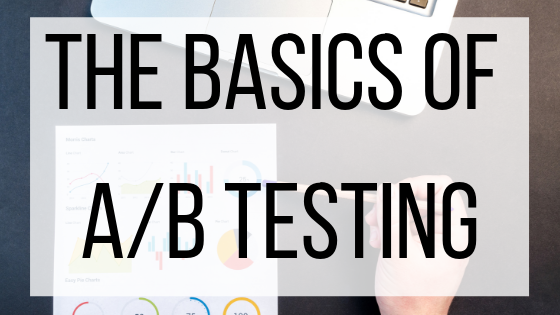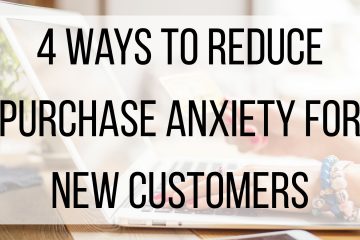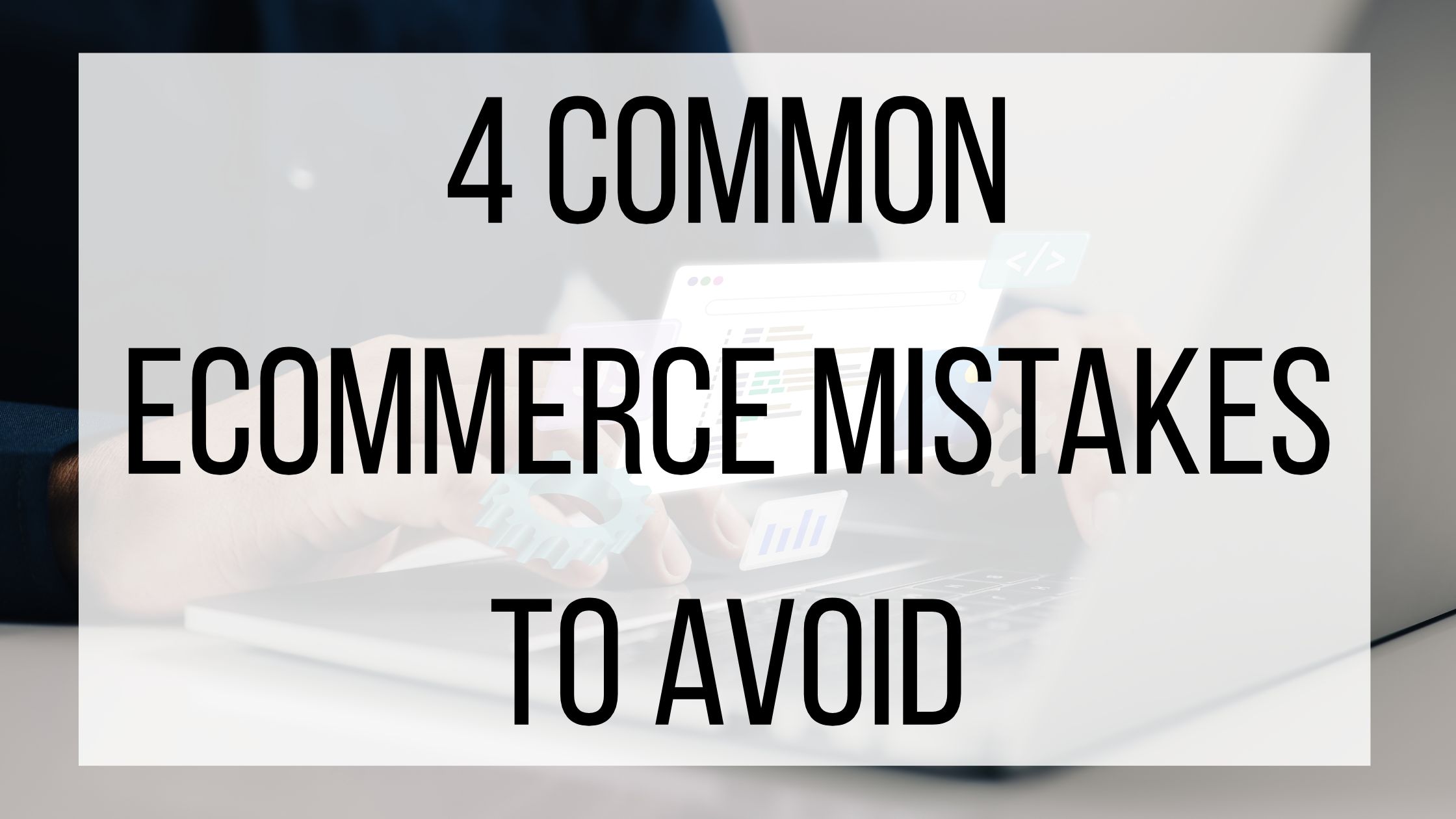The Basics of A/B Testing

For someone who works in marketing or business, it is important to test and measure how your audience is responding to the content you are producing. While there are plenty of tips on how to create and present quality content, there is no magic formula that ensures customers will love everything you are producing right away. With so many variables, it is smart to conduct some testing to see what your customers are responding to, and what you need to update. One of the best, most efficient ways to start running tests is by using A/B testing.
What is A/B testing?
As its name suggests, A/B testing uses two different versions of the same webpage to determine which performs better. A/B testing is sometimes called split testing. This method helps you answer important questions, lets you fine-tune smaller details for maximum results, and helps generate more revenue from your current traffic.
How does A/B testing work?
A/B testing offers customers two different variations of a webpage and determines which one is best responded to. Half of the webpage visitors will see page A (the control) and the other half will see page B (the variable). You will wait and track the data to see which page gets the most conversions. After you have enough data to conclude the test, you will want to drive all visitors to the version of the page that had the highest conversion rate. If you are still not convinced that your higher performing page was getting the best results possible, you can make that page the control and create a new variant, and perform the test again. Ideally, you will want to run your tests for two business cycles, but in some cases, one cycle will get you the data you need. In general, business cycles run about 2 to 4 weeks. It is important to track the A/B tests for at least that long, as you want to include all days of the week and times of day. However, if you run the test too long you run the risk of outside variables skewing your results (such as customers clearing cookies and being re-counted as a new customer).
What kind of A/B tests should I perform?
Every single aspect of your website needs to be thought out in terms of what best matches the image you want to project, and what customers are going to respond to. This ranges from the bigger, more obvious details, to the smaller details. Like most aspects of marketing, A/B testing is not a “one and done” deal.
There are infinite options for running A/B tests on your website. One of the first things people usually think to A/B test is colors. Typically, you will want a white (or very light) webpage with a darker font, since that is what we are accustomed to and is easier to read. Since you will already have that covered, choose a color scheme that matches your brand and industry, and test out different variations. For example, every CTA button will need a color. But what color will make it best stand out? The same goes for fonts. Fonts come in such a wide range, you want yours to look professional but not too formal. If you are mixing fonts, you can run A/B test on the different combinations together, or on the fonts separately. The position of different aspects are also a good thing to A/B test. Figure out where your CTA, contact information and social links get the most conversions.
The list of things you can A/B test has endless possibilities. If you have a new website or an area of your site that is not performing as well as you’d like, this can be a great way to fix your conversion rates. Do not try to test everything at once. Start small to work your way up. Focusing on pieces of your format, both big and small, will help you run more effective tests that will have your customers excited to do business with you.



2 Comments
Son Tran · March 21, 2019 at 3:33 am
Thanks for your great post, it helps me better orient my work
Running Ecommerce Tests | BMT Micro, Inc. · June 7, 2019 at 12:00 pm
[…] to convert by following your CTA. One popular and useful way to test your landing page is by using A/B testing. Create multiple landing pages with one variable each time, and see what customers best respond to. […]